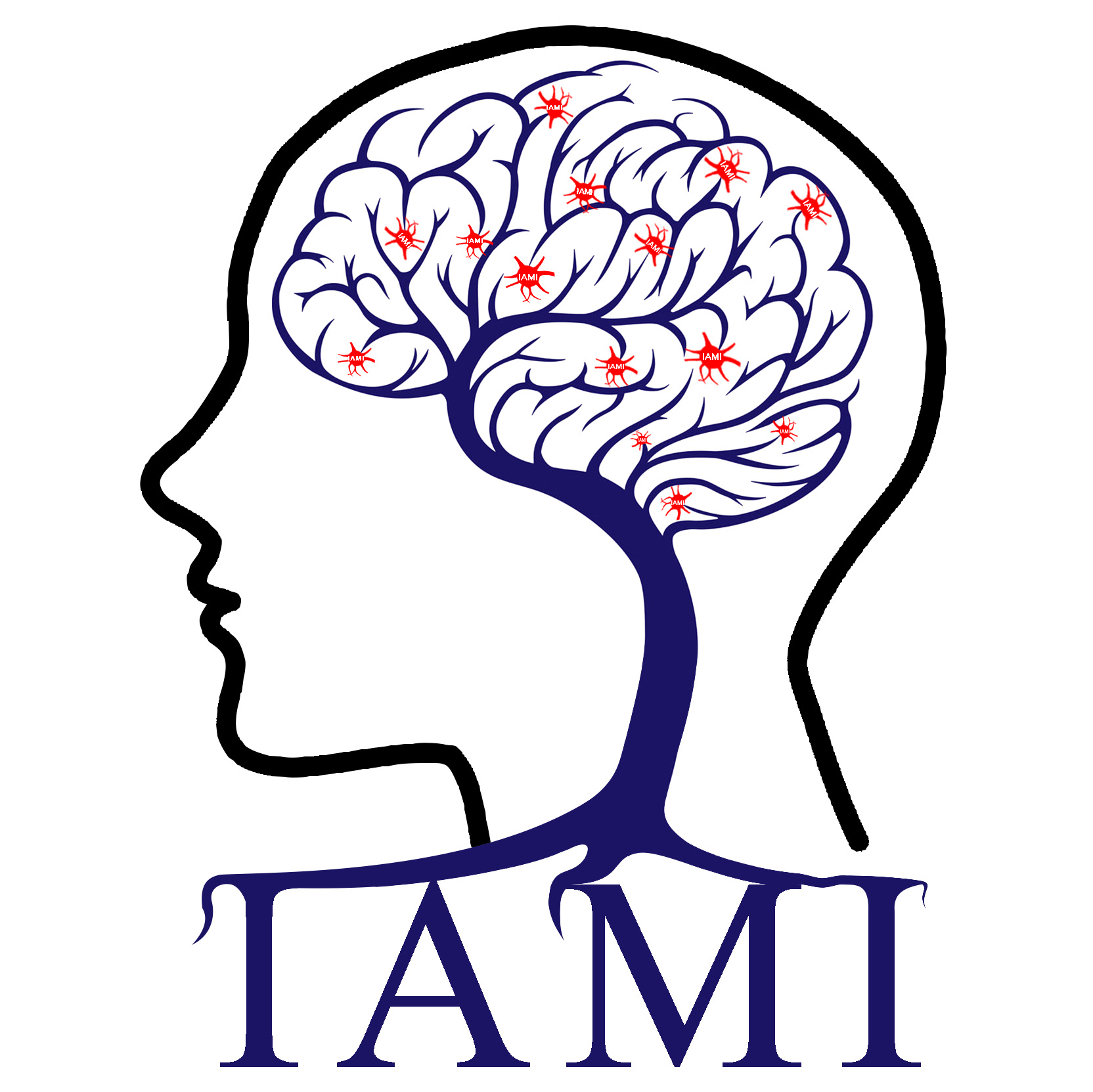
杜宇慧个人网页---智能医学图像分析
地址:中国, 太原
Reihaneh Hassanzadeh, Rogers F Silva, Anees Abrol, Mustafa Salman, Anna Bonkhoff, Yuhui Du, Zening Fu, Thomas DeRamus, Eswar Damaraju, Bradley Baker, Vince D Calhoun. Individualized spatial network predictions using Siamese convolutional neural networks: A resting-state fMRI study of over 11,000 unaffected individuals. PloS one 17.1, 2022: e0249502. (中科院SCI分区:三区,影响因子:3.752)
时间:2022-11-03 18:47:16 来源: 点击:[720]
Abstract
Individuals can be characterized in a population according to their brain measurements and activity, given the inter-subject variability in brain anatomy, structure-function relationships, or life experience. Many neuroimaging studies have demonstrated the potential of functional network connectivity patterns estimated from resting functional magnetic resonance imaging (fMRI) to discriminate groups and predict information about individual subjects. However, the predictive signal present in the spatial heterogeneity of brain connectivity networks is yet to be extensively studied. In this study, we investigate, for the first time, the use of pairwise-relationships between resting-state independent spatial maps to characterize individuals. To do this, we develop a deep Siamese framework comprising three-dimensional convolution neural networks for contrastive learning based on individual-level spatial maps estimated via a fully automated fMRI independent component analysis approach. The proposed framework evaluates whether pairs of spatial networks (e.g., visual network and auditory network) are capable of subject identification and assesses the spatial variability in different network pairs’ predictive power in an extensive whole-brain analysis. Our analysis on nearly 12,000 unaffected individuals from the UK Biobank study demonstrates that the proposed approach can discriminate subjects with an accuracy of up to 88% for a single network pair on the test set (best model, after several runs), and 82% average accuracy at the subcortical domain level, notably the highest average domain level accuracy attained. Further investigation of our network’s learned features revealed a higher spatial variability in predictive accuracy among younger brains and significantly higher discriminative power among males. In sum, the relationship among spatial networks appears to be both informative and discriminative of individuals and should be studied further as putative brain-based biomarkers.

 您当前的位置:
您当前的位置: